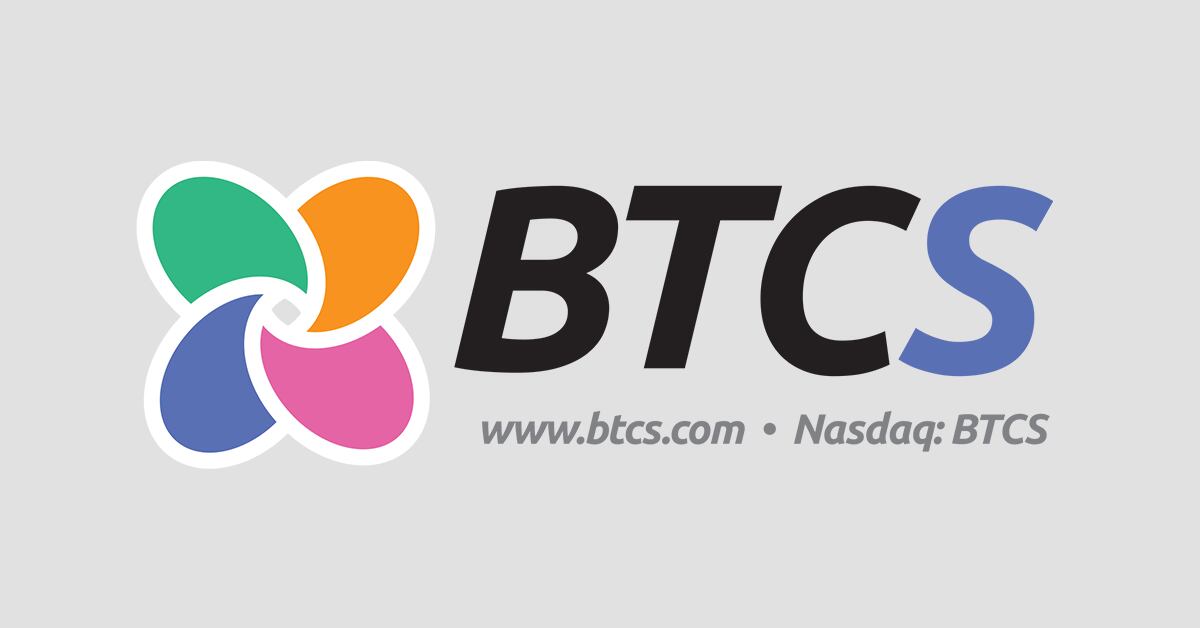Nasdaq Listing Brings BTCS to Mainstream Markets

The crypto markets are becoming increasingly mainstream as new institutional investors and traditional financial services companies enter the markets daily. Just last week financial services giant Citigroup announced that due to the intensity of client requests, it was setting up a crypto derivatives team. Citi’s move reinforces the revelation the previous week that 90% of Fidelity’s institutional clients had shown an interest in bitcoin. The move of mainstream financial firms into crypto is in full swing.
But the trend is also working the other way, as more crypto firms are going mainstream. Some are adding traditional financial services products, such as FX or options trading, to their product suites. Others are applying to be regulated by the traditional market regulators. A third way this trend is playing out is by crypto firms seeking the ultimate market recognition: a listing on the U.S. public equity markets.
One such firm is BTCS Inc., which began trading on Nasdaq under the ticker symbol BTCS on Tuesday. One of the earliest movers in the blockchain and digital currency ecosystems, BTCS was the first “pure play” U.S. public company focused on digital assets and blockchain technologies when it initially went public on the over-the-counter market in 2014.
Leveraging its vast experience participating across the blockchain ecosystem since its earliest days, BTCS has refined its strategy over the years and has already seen tremendous success in 2021. With the added clout of a Nasdaq listing, BTCS can now reach a broader investor universe that may help further accelerate its growth.
The infrastructure behind traditional financial markets is very different from the infrastructure that supports crypto markets. In traditional markets, transactions are brokered, settled and cleared by an array of trusted third parties. In crypto markets, that is all undertaken through the transaction itself.
Through its blockchain infrastructure operations, BTCS secures proof-of-stake blockchains by actively processing and validating blockchain transactions and in return receives native digital tokens. The company is also developing a proprietary staking-as-a-service platform to allow its users to stake and delegate supported cryptocurrencies through a non-custodial platform.
It’s also building a proprietary digital asset data analytics platform that allows users to consolidate their crypto trades from multiple exchanges onto a single platform, enabling users to view and analyze their performance, risk metrics and potential tax implications.
These new products may allow BTCS to capture the enormous opportunities that have been created by the advent of blockchain technology. The computer and internet age ushered in the digitization and proliferation of information on a global scale, and blockchains are ushering in an age of asset digitization and transfer without the need for trusted intermediaries such as banks, exchanges and governments. Web 3.0 and transaction-based industries built on blockchain technologies represent a multi-trillion-dollar market opportunity.
Blockchain technology is the backbone of Web 3.0 and is radically changing the way people transact in just the same way the internet changed forever how people communicate. The internet took 20 years to transition from proof of concept to mass adoption. Smart contract blockchain technologies are in their first six years of deployment and may take at least 15 years to be applied across multiple industries.
Bitcoin is a great proof of concept for blockchain technology, similar to the internet prior to its mass commercialization. The presence of traditional financial services firms in the secondary bitcoin market indicates the normalization of crypto. That will be further advanced by bringing together the financial power of institutional investors, with the nuanced capabilities of how blockchain systems work. BTCS has positioned itself with a solid foundation to capitalize on the rapidly expanding opportunities being ushered in by these trends.
